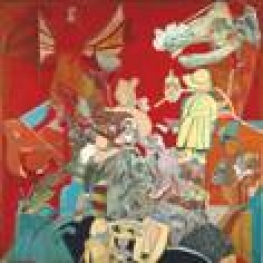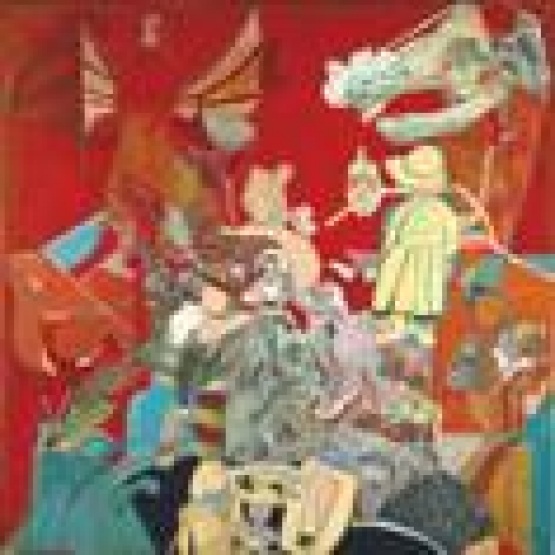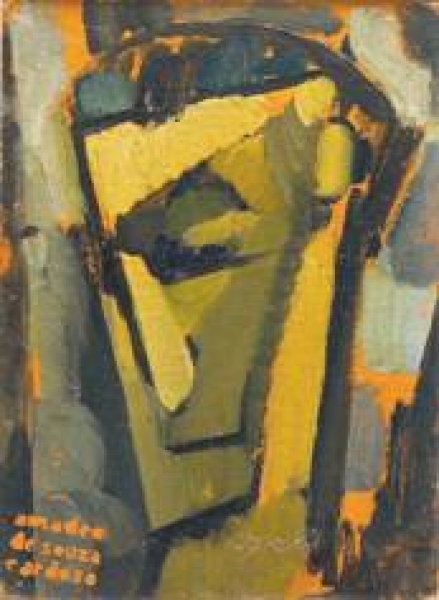This exhibition tracks artistic practice in Portugal during the first half of the twentieth century, presenting its slow and complex modernisation in a context that was culturally and politically hostile to it. While the distances between various European countries began to diminish and the circulation of information became a celebratory aspect of the new world, modern art in Portugal evolved in individual and discontinuous episodes. In response to this local context, some of the most important Portuguese artists fled to Paris: first Amadeo de Souza-Cardoso, whose activities were interrupted by Wold War I and by his premature death; and then, more definitively, Maria Helena Vieira da Silva, whose Portuguese citizenship was withdrawn by Salazar.
The dynamism of the vanguards in the incipiently modern context fomented some significant experiments, whether at the beginning of the twentieth century or with the third modernist generation, at the transition of the 1940s and 1950s. Here, developments in photographic practice during this period are being exhibited for the first time. They have almost always been marginalised by the disciplinary traditions of Art History, but they emerge here as playing an important role, engaged in constructive dialogue with other artistic practices. It is to this period and to the reconfiguration of modernity that this exhibition pays particularly close attention. It was, in effect, in Abstractionism, Neo-Realism and Surrealism that this modernity bore fruit, its seeds sown by Amadeo de Souza-Cardoso and Almada Negreiros, and the participating artists imparted both substance and conflict to those movements. At its other temporal extreme, Joaquim Rodrigo and Paula Rego pointed the way to new directions, new fictions.
Pedro Lapa
Director of the Museu Nacional de Arte Contemporânea – Museu do Chiado












